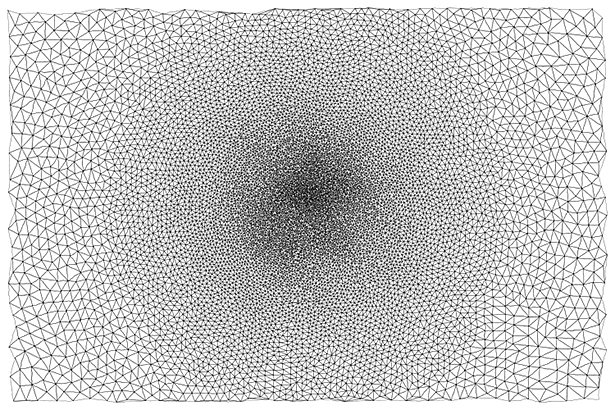The New Laws of Explosive Networks
Last week, United Airlines grounded nearly 5,000 flights when its computer system crashed. The culprit: a faulty network router. Later on the same morning, another computer glitch halted trading on the New York Stock Exchange for over three hours.
Some saw the sinister hand of a hacker in these outages, but they are far more likely to be a coincidence, an intrinsic feature of the system rather than a bug. Networks go down all the time, a consequence of unprecedented levels of interconnection. Disruptions can occur even in the most robust networks, whether these are power grids, global financial markets, or your favorite social network. As the former Atlantic reporter Alexis Madrigal observed when a computer error shut down the Nasdaq stock exchange in 2013, “When things work in new ways, they break in new ways.”
A fresh new understanding of such systems — the way they grow, and how they break — has arisen from the physics of coffee.
Researchers usually think of network connectivity as happening in a slow, continuous manner, similar to the way water moves through freshly ground coffee beans, slowly saturating all the granules to become coffee in the container below. However, over the past few years, researchers have discovered that in special cases, connectivity might emerge with a bang, not a whimper, via a phenomenon they have dubbed “explosive percolation.”
This new understanding of how über-connectivity emerges, which was described earlier this month in the journal Nature Physics, is the first step toward identifying warning signs that may occur when such systems go awry — for example, when power grids begin to fail, or when an infectious disease starts to mushroom into a global pandemic. Explosive percolation may help create effective intervention strategies to control that behavior and, perhaps, avoid catastrophic consequences.
An Explosive Twist
Traditional mathematical models of percolation, which date back to the 1940s, view the process as a smooth, continuous transition. “We think of percolation as water flowing through the ground,” said Robert Ziff, a physicist at the University of Michigan who has been studying phase transitions for the past 30 years. “It’s a formation of long-range connectivity in the system.”
The formation of connectivity can be understood as a phase transition, the process whereby water freezes into ice or boils away into vapor....MORE
Networks
grow as individual nodes connect to one another. By tweaking the rules
that govern when nodes connect, researchers can shape the network’s
properties.
